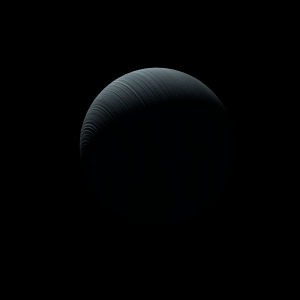|
|
Space Astro
|
Info for exoplanet "Moonpoan Hege"
| Scientific (actual) data |
|---|
| Name | KMT-2017-BLG-1146 b |
| Planet status | Confirmed |
| Planet mass | 0.85 |
| Semi major axis | 1.7 |
| Discovered | 2018 |
| Updated | 2019-03-21 |
| Publication | Published in a refereed paper |
| Detection type | Microlensing |
| Mass measurement type | Microlensing |
| Star name | KMT-2017-BLG-1146 |
| Right ascension | 269.1° |
| Declination | -33.14° |
| Star distance | 6600 |
| Star mass | 0.4 |
| Wikipedia article | KMT-2017-BLG-1146 b |
Back
| |
| Fictional info (?) |
|---|
| Suggested name | Moonpoan Hege |
| Planet type | Cold gas giant |
| The planet telescopically displays the complete range of phases, similar to Venus and the Moon, as it moves in its inner orbit relative to KMT-2017-BLG-1146, which reoccurs over the so-called synodic period approximately every 128 days. |
| Atmosphere | Ammonium hydrosulfide (NH4SH) | 97% |
| Carbon dioxide | 1.9% |
| Xenon | 0.26% |
| Nitric oxide | 0.15% |
| Neon | 0.02% |
| Atmospheric pressure | 0.21 bar |
 |
| No known satellites |
| Google search for Moonpoan hege |
|
Website by Joachim Michaelis
|
|
|
|